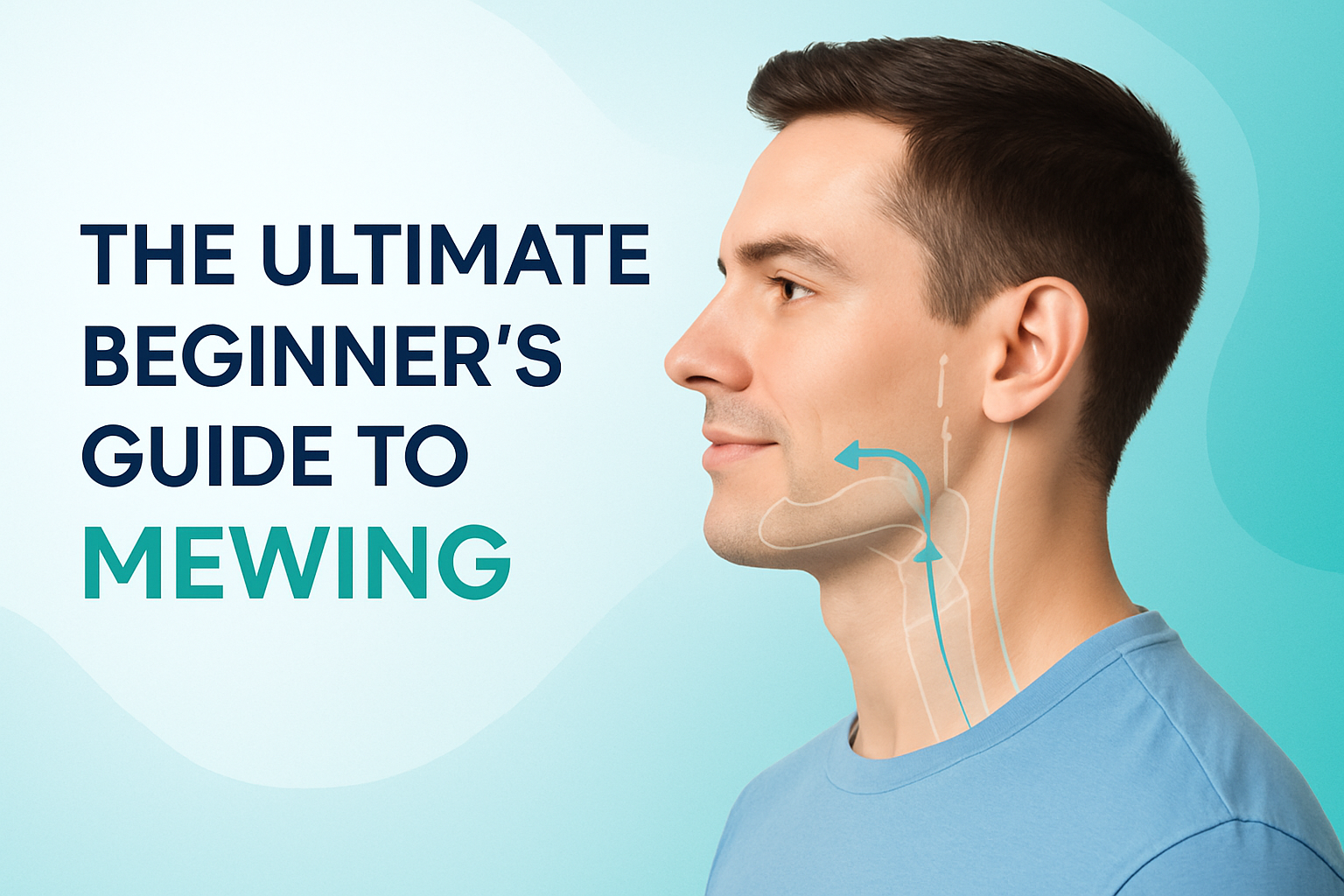Many people desire a defined and symmetrical facial structure, and one aspect that contributes to this is a square chin. While genetics play a significant role in determining facial features, there are certain techniques that claim to help enhance the appearance of a square chin. One such technique is called “mewing.” In this article, we will explore what mewing is and whether it can truly help in achieving a square chin.
Understanding Mewing
Mewing is a practice that involves maintaining correct tongue posture to potentially reshape the face over time. Developed by Dr. John Mew, a British orthodontist, mewing focuses on proper tongue placement against the roof of the mouth. The theory behind mewing suggests that by positioning the tongue correctly, the facial muscles can be strengthened, leading to improved facial aesthetics.
The Role of Tongue Posture
The tongue’s posture is crucial in mewing. It involves resting the entire tongue on the roof of the mouth, including the back of the tongue against the soft palate. This posture helps exert gentle pressure on the maxilla, which is the upper jawbone. Advocates of mewing claim that maintaining this posture consistently can potentially lead to positive changes in facial appearance, including a more defined jawline and a square chin.
The Benefits of Mewing
Proponents of mewing believe that consistent practice can provide several benefits, including:
- Improved facial symmetry
- Enhanced jawline definition
- Potential correction of certain orthodontic issues
- Increased muscle tone in the face and neck
It is important to note that the effectiveness of mewing varies from person to person, and results may not be guaranteed for everyone. Additionally, scientific research on the topic is limited, and more studies are needed to determine the true impact of mewing on facial structure.
How to Practice Mewing
If you are interested in trying out mewing to potentially achieve a square chin, here are some steps to get started:
- Become aware of your tongue posture: Pay attention to how your tongue rests in your mouth throughout the day. Ensure that it is resting against the roof of your mouth rather than at the bottom.
- Practice correct tongue posture: Gently press the entire surface of your tongue against the roof of your mouth. Make sure to include the back of your tongue against the soft palate. It may take some time and practice to get used to this posture.
- Maintain consistency: Consistency is key when it comes to mewing. Try to maintain correct tongue posture as much as possible throughout the day, even during sleep.
- Combine with other facial exercises: Mewing can be complemented with other facial exercises to further enhance muscle tone and definition. Consult with a professional or research reliable sources for additional exercises.
- Be patient: Results from mewing, if any, may take time to become noticeable. It is important to have realistic expectations and understand that individual results may vary.
Remember, it is always advisable to consult with a healthcare professional or orthodontist before starting any new technique or exercise regimen, including mewing. They can provide personalized guidance based on your specific needs and goals.
Conclusion
Mewing is a technique that aims to improve facial aesthetics, including the appearance of a square chin. While some individuals claim to have experienced positive results from consistent mewing practice, the scientific evidence supporting its effectiveness is limited. It is essential to approach mewing with realistic expectations and consult with professionals for personalized advice. Ultimately, achieving a square chin or any desired facial feature involves a combination of genetics, overall health, and various factors that may be beyond our control.




